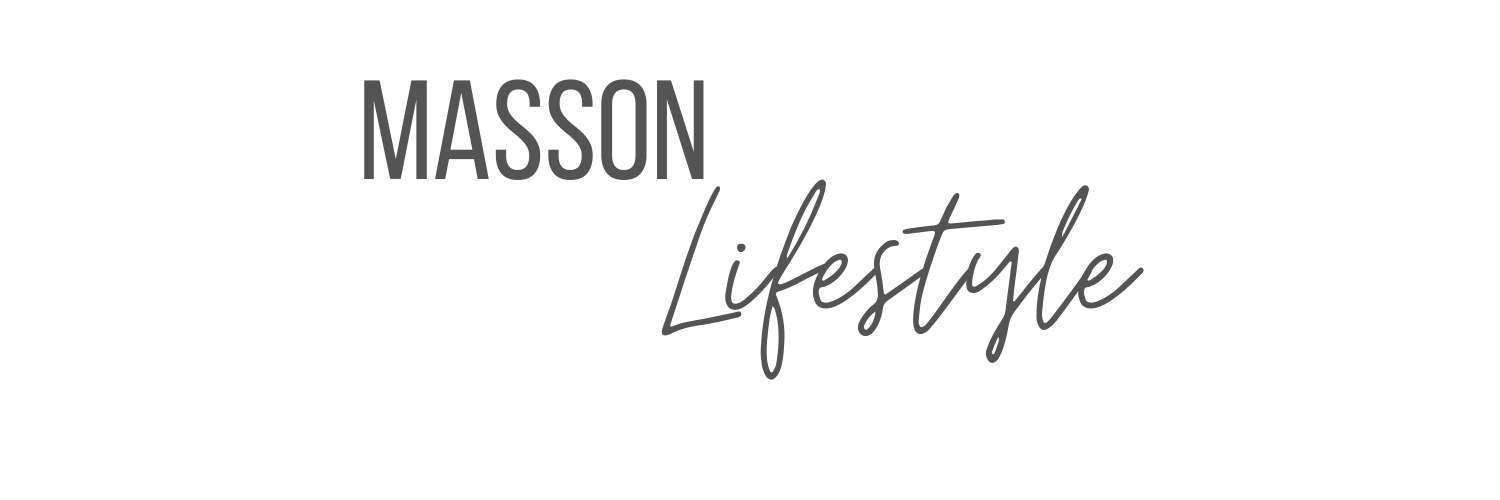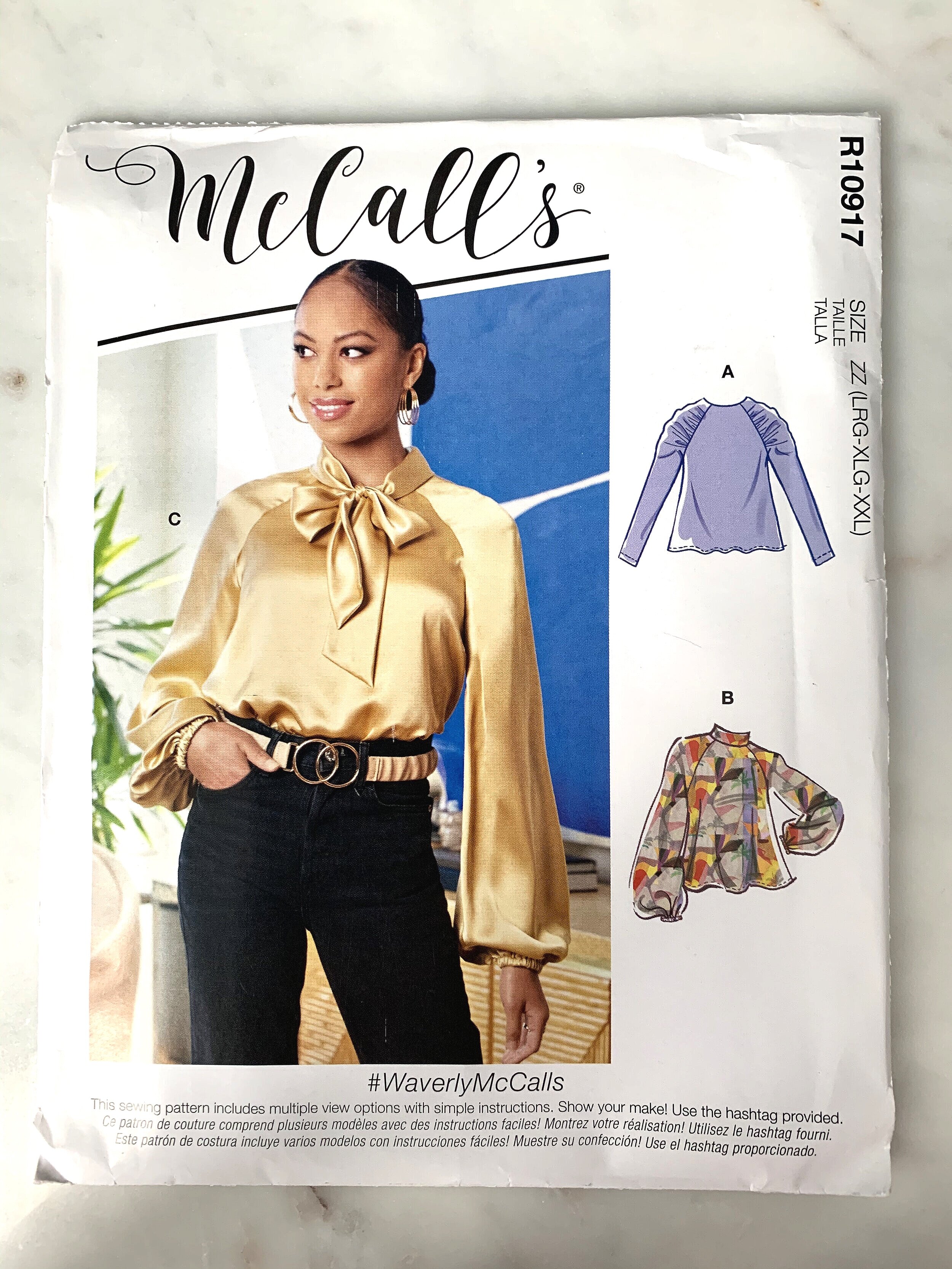How to read and use a sewing pattern - Patterns 101
You want to get into sewing garments apparel? Sewing patterns is a great way to introduce yourself to the world of sewing.
Let’s look at the pattern below from McCalls Early Spring 2021. It is sewing pattern M8147 or Waverly McCalls. The picture also has a pattern number of R10917 and that is a number pattern companies give this pattern so it is shown on a rack and it’s the first thing you see when you go to browse patterns. This pattern will be inside the pattern drawers marked as “M8147”.
Know your measurements
Before you can select a pattern, you should know your bust, waist and hip measurements (or whomever will be wearing the finished garment). The Body Measurements on the top flap have the measurements range that will fit the pattern. Since this pattern is packed in two different envelopes (XS, S, M) and (L, XL, XXL) you want to make sure you select the correct one based on your body measurements. The patterns use either inches or centimeters.
The measurements that you find in the back of a sewing pattern are not the same as ready-to-wear clothing so buyers beware you have to know your body measurements. If you are a 10 in RTW you might be a size 16 in a commercial sewing pattern. Don’t worry about the number, you want to make sure you select the correct pattern for your corresponding size. Can we just say when did RTW started with the vanity sizing?
How many pieces and Sewing Rating?
For this pattern it says that you have 9 pieces and that it is rated as an easy to sew pattern. This will help you select a pattern that you are comfortable sewing and will not become overwhelming if you are a beginner.
Suggested Fabrics
Waverly McCalls has Charmeuse, Crepes, Cotton Blends and Challis as a suggested fabric. These fabrics will all have a good drape and will give you the finished garment look as its shown on the front of the envelope. If you don’t know what those fabrics feel like, ask the salesperson at your local fabric store, they should be able to point out these types of fabrics. If you are a beginner I would suggest that you try a Cotton Blend with this pattern, it will be the easiest fabric to work with while you sew with it.
Notions
The pattern lets you know what other items you will need to create this garment. For example, for View C besides fabric you will also need two hooks and eyes… Some patterns have this listed and other don’t, like this pattern but don’t leave the store without matching thread! The notions section will also tell you if you need zippers, buttons, bias tape, etc.
How much fabric will you need?
As you keep going down the pattern you will also have a chart that outlines how much fabric you will need to make this pattern. For Waverly McCalls View C it looks like you are going to need 3-1/8 yards - if the bolt of fabric is 45” OR 2-1/4 yards if the bolt of fabric is 60” so when you are at the fabric store make sure you buy enough fabric. Lately I’ve noticed that some bolts are 57” or 42” so make sure you get enough fabric. I tend to buy just a tad more (to be safe!) sometimes a 1/4 yard or perhaps 1/2 yard extra.
If you keep reading it looks like you will also need fusible interfacing…. 3/8 of a yard. So make sure you have enough because you will need it to interface pattern pieces like collars or cuffs.
Finished Garment Measurements
We had body measurements and now finished garment measurements? What’s the difference? Well body measurements is the measurement that the pattern designer created so for your body measurement it fits with the intended fit (some are more loose and others are more fitted). So finished garment measurement means that when your garment is finished the large size will have a bust measurement of 47 inches. If you like your clothing to be more fitted or looser this is the place to look because it will be the difference between a garment that is perhaps too big or too small. If the finished garment measurements are not printed in the outer envelope they will be marked on the pattern tissue itself.
Later this week we will open up the envelope and dive into the instruction and the tissue paper pattern!


